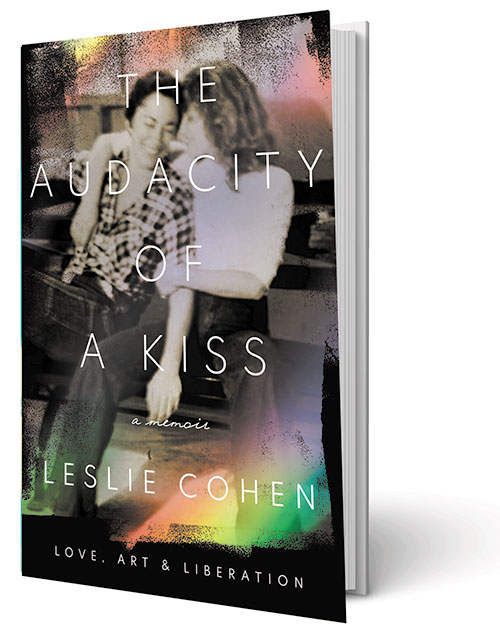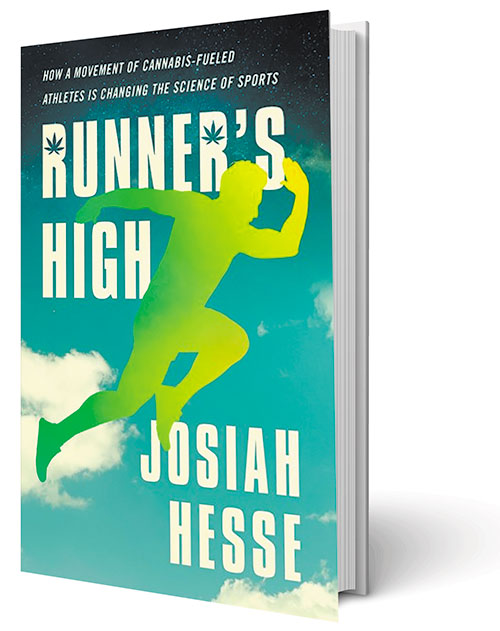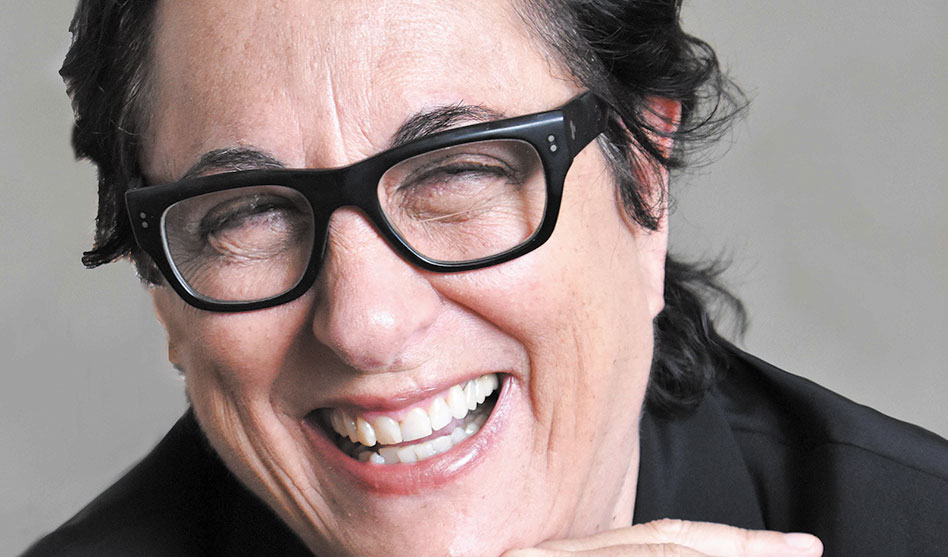Leslie Cohen
The tale behind the statue in Greenwich Village is LGBTQ history from one woman’s perspective
TERRI SCHLICHENMEYER | Bookworm Sez
BookwormSez@gmail.com
The Audacity of a Kiss: A Memoir by Leslie Cohen; c.2021, Rutgers University Press; $24.95; 235 pages.
 Don’t move. Stay entirely still; don’t even breathe. You’re about to become a symbol of something that’s bigger than you are, something you’ll be proud of for the rest of your days. Don’t flinch, scratch or sneeze; just don’t do anything.
Don’t move. Stay entirely still; don’t even breathe. You’re about to become a symbol of something that’s bigger than you are, something you’ll be proud of for the rest of your days. Don’t flinch, scratch or sneeze; just don’t do anything.
Don’t. Move.
Unless it’s to turn the pages of The Audacity of a Kiss by Leslie Cohen.
Behind every statue is a story, and the one behind those representing four people in Christopher Park in New York’s Greenwich Village is no different. But to explain how this monument came about means also telling a long love story and a tale about a nightclub.
Leslie Cohen’s mother was her very best friend, although there were misunderstandings in the relationship. Seven-year-old Leslie couldn’t see why she received pink girly things for her birthday. In later years, she couldn’t understand why her mother deferred to Leslie’s father and endured his abuse.
The one thing Cohen did understand was that once puberty hit, the boys in her neighborhood were no longer pals to roughhouse with. She was supposed to want to date them, and it didn’t entirely make sense. But Cohen went along with it even after she left home for college.
She went out with boys and lost her virginity to one. But meeting Beth was the most remarkable thing about higher learning. She was sure she was in love with Beth, but Beth was obsessed with a boy, and so Cohen moved on.
She moved on to other men and then women, at a time between when women loving women was unthinkable. Then came the Summer of Love. Cohen embraced her lesbianism, fell in and out of love and went into a partnership with three other women to open New York’s first lesbian club, where lesbians and straight feminists were welcome to dance and drink.
To be sure, it was a heady time. Cohen worked nonstop, gained confidence and learned to run a bar business. She was busy but happy.
And then Beth came back into her life.
Let’s face it: author Leslie Cohen’s life story is basically like that of a lot of lesbians born at the beginning of the Baby Boom. A solid childhood, confusion, self-awareness, entrepreneurship all make a somewhat familiar story set apart by one abundant thing: warmth.
Indeed, The Audacity of a Kiss is an easy tale. It’s comfortable, like a crackling fireplace and a glass of wine on a cushy sofa. There are accomplishments here, told so that you really share the pride in them.
Readers are shown the struggle that Cohen had, too, but experiences are well-framed by explanations of the times in which they occurred, with nothing overly-dramatic — just the unabashed truth. And more warmth.
Opening this book, in a way, then, is like accepting an invitation to own the recliner for an evening, and you won’t want anything else.
Younger lesbians will get a lot from this book, but anyone who’s been there will relish it. Get The Audacity of a Kiss, then sit down … . And don’t move.
Runner’s High: How a Movement of Cannabis-Fueled Athletes is Changing the Science of Sports by Josiah Hesse; c.2021, Putnam; $28; 308 pages.
 The top of the mountain is well above your head. You can’t see it from the bottom, but you’ve been there a time or two. You’re going up there again, in fact, on a trail that’s filled with rocks and branches, streams and trees, and seems to go straight up.
The top of the mountain is well above your head. You can’t see it from the bottom, but you’ve been there a time or two. You’re going up there again, in fact, on a trail that’s filled with rocks and branches, streams and trees, and seems to go straight up.
You’ll run it, all of it, and, as in the new book Runner’s High by Josiah Hesse, you’ll go high.
For most of his life, Josiah Hesse looked at exercise as something like punishment. He hated the very idea of competition, and any kind of physical effort reminded him of high school “locker rooms” and “homophobic meatheads who threatened my safety.”
These thoughts were drifting through his mind when, in 2015, he was waiting for the start of a marathon and noticed discarded edibles wrappers in a garbage can. He’d brought edibles along and had planned on “discreetly consuming” them. By the end of the race, he was joyful and “giddy” and had discovered something he believes is “under-reported.”
He thought he was alone in his enjoyment of running high, but Hesse found a surprise: Many athletes — particularly distance runners, he says — use CBD, THC and marijuana to enhance performance. It’s quietly common in amateur sports and, he avers, though most organizations ban or discourage it, marijuana use is also well-known in pro sports.
Science, he says, has proven in many ways that marijuana and its derivatives can actually help athletes. The human body contains cannabinoid receptors; it’s well-known that marijuana works to eliminate pain and induce relaxation, and it can decrease anxiety.
Hesse noticed that “ripping a bong” before he ran made running more like “play.” If couch-potatoes could tap into that feeling, then maybe, Hesse posited, they wouldn’t be sedentary.
So why isn’t marijuana legal and easily available, then?
Says Hesse, “Enter Big Tobacco, Alcohol and Pharma.”
Getting any useful information out of Runner’s High is very clearly, pure and simple, going to depend on your stance on the use of marijuana.
If you’re steadfastly negative, you can stop here and page ahead. Lean toward the positive, and author Josiah Hesse still won’t make things easy for you.
Readers, for example, will quickly notice that several iterations of the word “play” show up in this book really often, which is generally distracting and doesn’t, until toward the end of it, leave much room for serious discussion on what he’s found. While there is a good amount of science-and-businesslike dialogue here, the antsy insistence on “play” overshadows it.
Others, particularly those who are specific in their usage, may find deep offense in labels like “stoner,” “pothead runners” and “dirtbag.” Casual use of user slang also changes the tone of this book, from investigative to impudent.
For athletes who want to make their daily run fun, or for “couch-monsters” who need impetus to get up and go, there’s a lot of solid science to be had inside Runner’s High. If you aren’t anywhere convinced, though, this book could be a mountain of controversy.












